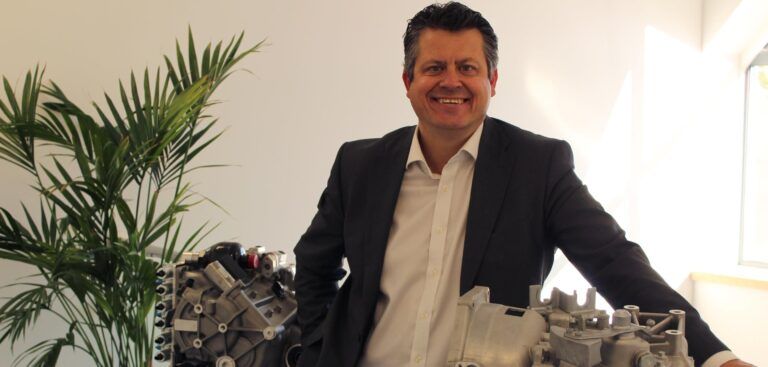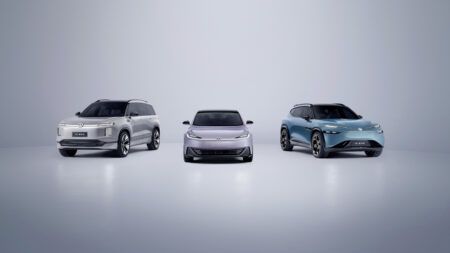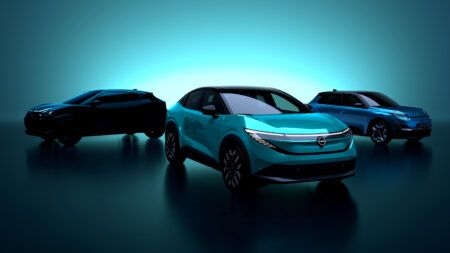Automotive engineering specialists Drive System Design (DSD) will reveal methods and strategies to help optimize electric vehicle powertrains in a bid to protect against changing global trends and markets.
The company will present a paper at the 17th CTI China Symposium in Shanghai where it will discuss a system-level approach for EV powertrain design and system architecture to futureproof for market instability and cost volatility.
It will outline DSD’s Electrified Powertrain Optimization Process (ePOP) applied to architecture selections and electrification strategy, which evaluates potential material cost fluctuations such as magnet cost instability and the impact of alternative cost trajectories for batteries and inverter technologies.
Author of the paper, Dr Michael Bryant, principal engineer, DSD, believes the key enabler within the process is the characterization of subsystem and component design, allowing the process to build complete powertrain variants for simulation. “ePOP rapidly generates the necessary input data – masses, efficiency maps, etc – for each electric powertrain subsystem, for a range of topologies and layouts,” he says. “The speedy generation of input data permits the simulation of a large number of powertrain combinations, up to several thousand alternatives in one example.”
The ePOP process utilized for the paper was developed by DSD, in part during the ACeDrive APC grant-funded program, a collaboration between DSD, GKN and the University of Nottingham to create a next generation eDrive. The core of the project is to develop an integrated high-speed motor/inverter/gearbox, that will be significantly more power dense, efficient and less costly than any comparable system available.





